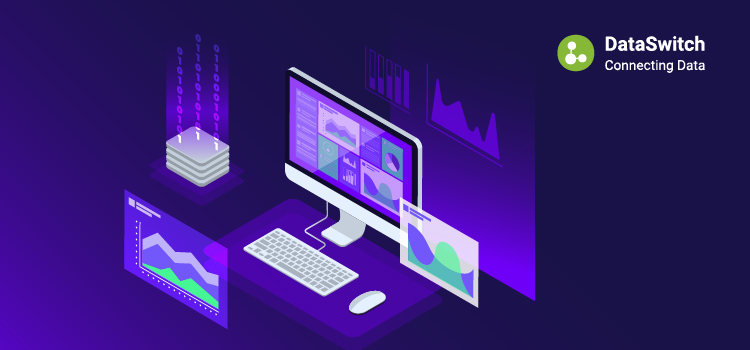The Era of Democratized, Real-Time Data Insights

The Era of Democratized, Real-Time Data Insights
Real-time data analytics also sometimes called stream analytics have become one of the greatest contributing factors to business success in today’s economic environment. It reached this position by firstly harnessing the massive volumes of data being generated in real-time. According to IDC, it is expected that by 2025, over 25% of all data produced will be real-time data.
Several attributes are responsible for this surge in real-time data. For instance, digital devices, IoT-augmented logistics and production, e-commerce, electronic communications, digital media consumption, and more. Channeling all of the real-time data coming in from these sources is the best possible way to get to glean insights on your market, operations, and most important of all, customers. These insights lay the foundation for optimizing business operations.
In an era when every consumer demands to be treated as a demographic of one, customization becomes all the more important. Businesses are well aware of this and therefore are willing to compete for the best and most accurately detailed sources of real-time data. This entails leveraging new, modernized data pipelines and warehouses to provide highly personalized experiences to customers. This drives greater revenue and improves business decisions. The key here is making this real-time data accessible for prompt insights and action – this is where democratization enters the playing field.
Democratizing Real-time Data Analytics
Real-time data has always posed the challenge of being constantly generated in large quantities. This gives data analysts compounded categories within sub-categories that keep multiplying in progression. In an attempt to overcome this, analysts resorted to a Lambda architecture that would maintain a real-time copy of data alongside a correct copy subject to a traditional batch route. This meant that data reconciliation was necessary at the termination of both pipelines. Executing all of these functions while keeping it in motion required multi-member expert teams.
Google understood that there ought to be a more efficient means of processing. Dataflow was constructed along with Pub/Sub to create a serverless practice to tackle these disparities in event streams much more effectively. Scaling and security could now be automatically overtaken by Dataflow and Pub/Sub thereby also maintaining reliability and consistency in data. As an added measure Dataflow can also allow users to toggle between the two data flows enabling them to test real-time results without code modification.
Overall, this adaptation allowed companies with a lack of experienced data engineers to get a feel for real-time analysis. Even limited five-person task forces could monitor billions of events on a daily basis. By giving them the ability to write their own pipelines data analysts could now leave the rest to Dataflow.
Democratizing Stream Analytics for All Personas
Now that Google had a means of making streaming available to all types of data engineers it set about doing the same for an expanded group of people.
- Business and Data Analysts
If you want to make real-time data available to businesses and data analysts, it starts with enabling the accelerated incorporation of data into a warehouse. This is where modern democratization toolkits really shine, by adding fresh channels of data into the data warehouse in real-time. This gives analysts the ability to work on fresh newly generated data.
Not only do the analysts have the advantage of examining brand new data, but they can also automate processes with the Machine Learning (ML) capabilities of modern democratization toolkits. These advanced abilities can mean a world of unexplored opportunities as opposed to leaning on EDW-generated dashboards.
- ETL Developers
A simple command can execute real-time processing capabilities for ETL developers with the help of Data Fusion, Google Cloud’s code-free ETL tool, or another modern toolkit for data migration and transformation. Pipelines can be constructed to manage data in real-time directed at any number of databases on Google Cloud or another modern platform. Its ability to utilize a group of predefined connectors, transformations, sinks as well as ML APIs in real-time can equip businesses with a coveted level of flexibility sans the code.
Would you like to learn how your enterprise can benefit from the democratization of data? Our team at DataSwitch would be happy to help. DataSwitch provides Intuitive, Predictive, and Self-Serviceable Schema redesign from 3NF to Document Model, as well as fully automated data migration & transformation based on the redesigned schema and no-touch code conversion from legacy data scripts to modern database APIs.
You can count on DataSwitch for cost-effective, accelerated solutions for digital data transformation and modernization through modern databases. Our no-code and low code solutions along with enhanced automation, cloud data expertise, and unique schema generation accelerate time to market. Get your enterprise’s cloud-driven data modernization journey running at light speed with business continuity ensured. Book a demo to know more.



